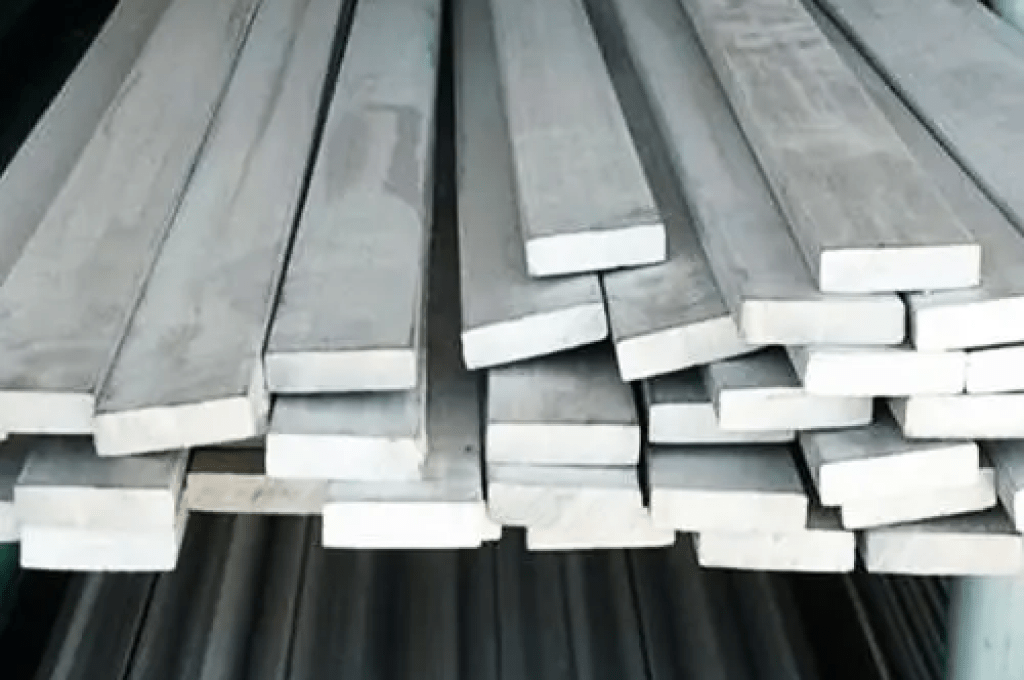
FLATS
Brands
- SAIL - STEEL AUTHORITY OF INDIA
- JSW
- TATA
- ISI
- APOLLO
- JINDAL
- & Many More
Flats are rectangular steel bars with even thickness throughout. They are often used for various structural applications, including support brackets and frames.
Flats in Construction: Enhancing Structural Integrity and Versatility
Flats are essential structural components used in various construction projects, offering versatility, strength, and aesthetic appeal. Let’s explore the different types of flats, their advantages, application techniques, and emerging trends in the construction industry.
Introduction to Flats in Construction
Flats, also known as flat bars, are rectangular metal bars used as key structural elements in building construction. They play a crucial role in providing support, stability, and load-bearing capacity in diverse applications.
Types of Flats: Common Materials and Applications
Steel Flats
Steel flats are widely used for their exceptional strength, durability, and versatility. They find applications in structural framing, support beams, brackets, and reinforcement components.
Aluminum Flats
Aluminum flats offer lightweight yet sturdy alternatives to steel flats. They are corrosion-resistant, making them ideal for outdoor applications and areas prone to moisture exposure.
Plastic Flats
Plastic flats, such as PVC or composite materials, are used in specialized applications where corrosion resistance, insulation, or non-conductivity are essential requirements.
Advantages of Using Flats in Building Projects
Versatility: Flats can be easily cut, bent, or welded to suit specific project needs.
Strength: Steel flats provide high load-bearing capacity, crucial for structural stability.
Aesthetic Appeal: Flats can contribute to the visual appeal of architectural designs.
Corrosion Resistance: Aluminum and plastic flats offer corrosion protection in challenging environments.
Flats vs. Other Structural Components: A Comparison
Compared to other structural components like beams or channels, flats offer unique advantages such as simplicity in design, ease of installation, and suitability for diverse applications.
Considerations When Selecting Flats for Construction
When choosing flats for construction projects, factors such as strength, corrosion resistance, and aesthetic considerations must be evaluated to ensure optimal performance and longevity.
Application Techniques for Flats
Flats can be installed using various techniques, including welding, bolting, and adhesive bonding. Proper installation methods ensure structural integrity and safety.
Emerging Trends in Flats: Innovations and Future Outlook
Stay informed about emerging trends in flats, such as advancements in material technology, sustainable alternatives, and digital integration for enhanced structural analysis and design optimization.
Maximizing Structural Integrity and Versatility with Flats
Flats are indispensable components in construction, offering a blend of strength, versatility, and aesthetic appeal. By leveraging the right type of flats and application techniques, builders can enhance structural integrity, maximize space utilization, and achieve architectural excellence in their projects


